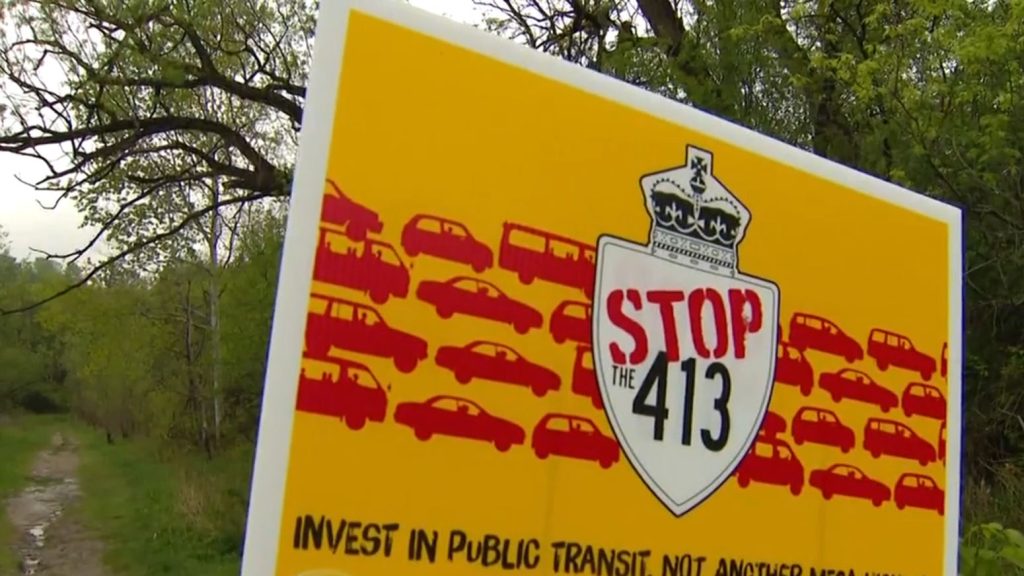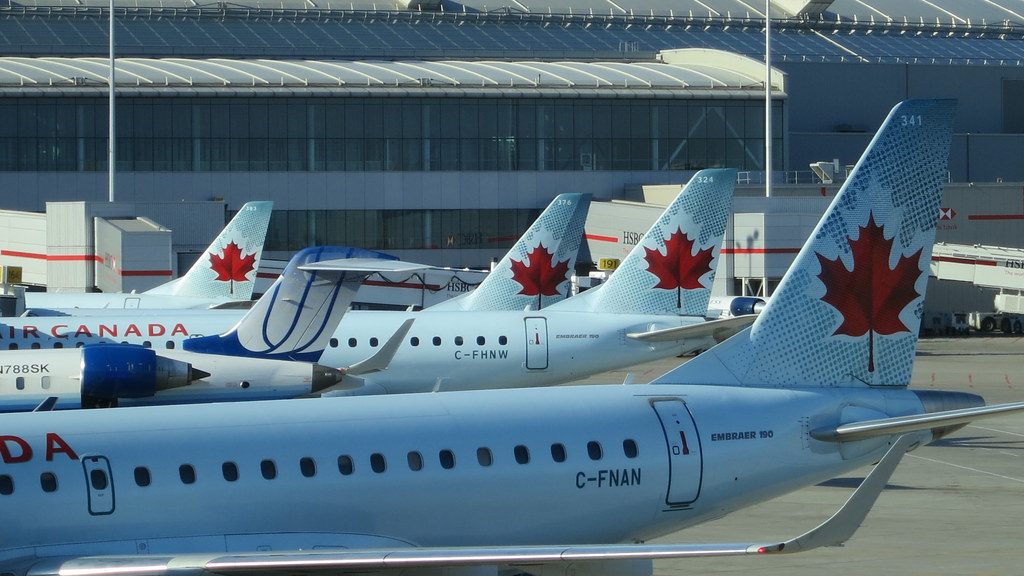Feds hoping to expand take up of working income tax benefit as program grows
Posted February 21, 2018 12:55 pm.
Last Updated February 22, 2018 8:40 am.
This article is more than 5 years old.
OTTAWA – A federal budget aimed at Canada’s middle class will also have a focus on the second part of the Liberals’ political target audience: those who wish to join it.
An expansion to the Working Income Tax Benefit will be laid out in next week’s federal spending blueprint following a commitment last fall from the Liberals that they’ll put $500 million more into the program, starting next year.
The benefit, known by its acronym WITB, has been around for over a decade. Put simply, it allows people typically earning minimum wage or less to effectively earn more by subsidizing their wages with a tax credit.
“When you see that higher wage rate, we expect people to be willing to work more and stay more attached to their jobs,” said Tammy Schirle, an economics professor at Wilfrid Laurier University.
In theory, that should mean more people then get a chance to begin working their way up the economic ladder to that middle class the Liberals invoke.
So, the starting point is getting more people onto the bottom rung of the ladder. Expanding WITB becomes a question of logistics and cash, and Schirle and others are hoping for changes to both next week.
An internal government study has found the take-up rate for the benefit sits at around 85 per cent, in part because those who file their taxes using paper forms tend to claim it far less than those who hire tax preparers or use computer software.
A pilot program run by the Canada Revenue Agency in New Brunswick for the 2016 tax year, however, saw claim rates jump when a flyer highlighting the program was stapled into people’s forms.
The agency is expanding the program nationwide; if the results in New Brunswick mirror themselves at the federal level, the number of paper filers claiming the benefit could rise by 18,669 claimants, the CRA said. That in turn could result in an additional $12.5 million spent.
So a sliver of the funds the federal government has allocated could be spent on just more people taking them up on the program; in 2016, the program provided more than $1.1 billion in benefits to over 1.4 million people.
A widely expected change that’s going to eat up more of the planned spending is for the government to raise the maximum top-up people can receive and also increase how much they can earn before the benefit begins to get clawed back.
With minimum wage rates going up in several provinces, the number of those able to access the program might shrink.
“Where WITB falls short today, it’s a good policy that simply doesn’t have enough investment behind it,” said Noah Zon, director of policy and research at the Maytree Foundation, a social policy think tank.
“Another $500 million will have some significant potential to improve that, but the real challenge with it is that it simply cuts out a very low income.”
The same Finance Department study that analysed take-up rates for the benefit also uncovered some demographic facts about who is using the benefit the Liberals could be seeking to address next week.
As the program is currently structured, only one member within each working couple can claim the benefit. In 2012, the study found, this was most often a man.
A key theme of the budget is helping women enter and stay in the workforce. Changing the structure of the benefit could address that, suggested Schirle.
“A large part of what people are talking about lately is the need to help women’s attachment to the labour force, especially when they are struggling with kids and part time jobs and balancing everything,” she said.
“Something like the WITB can help give them that extra support.”










